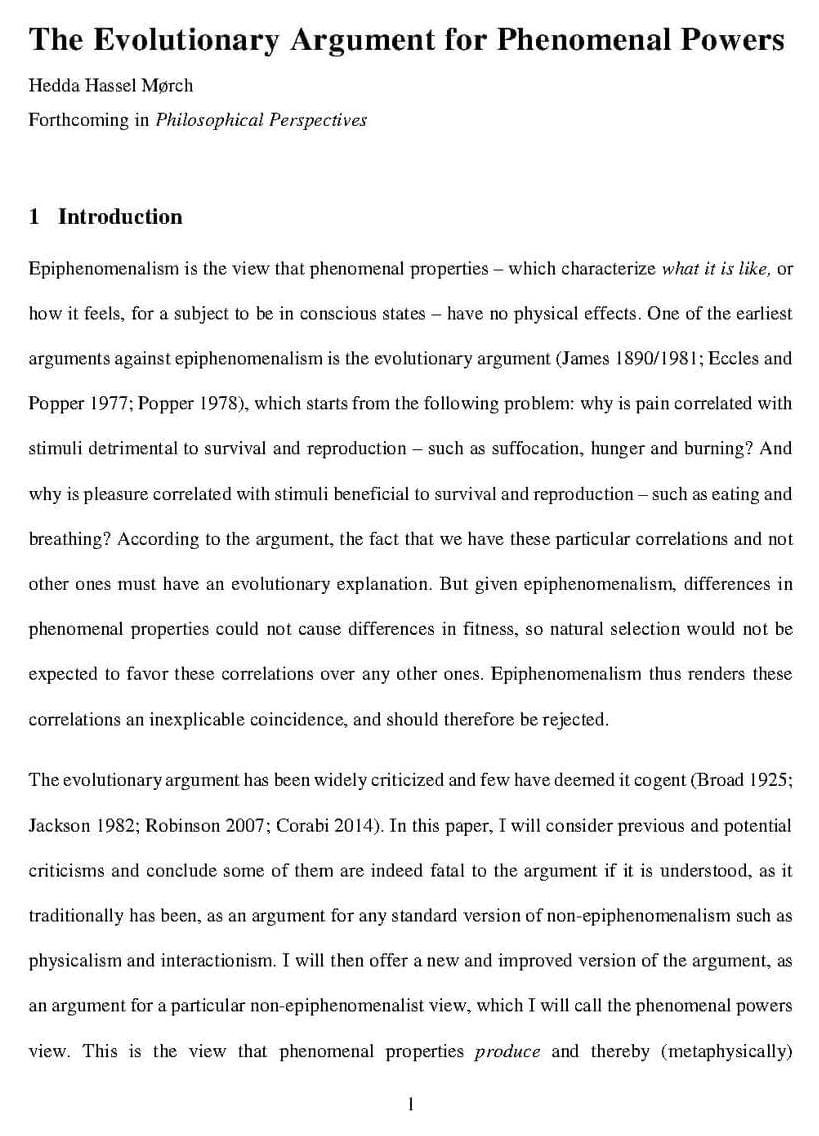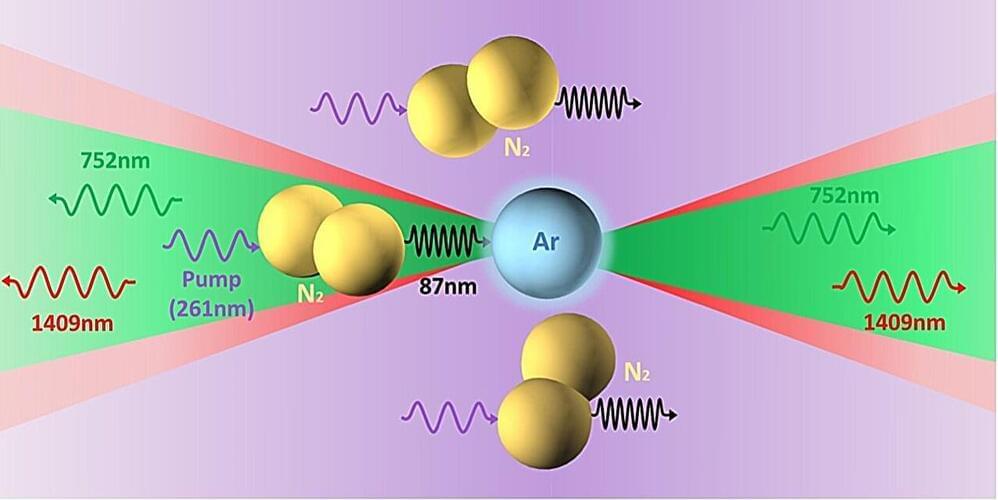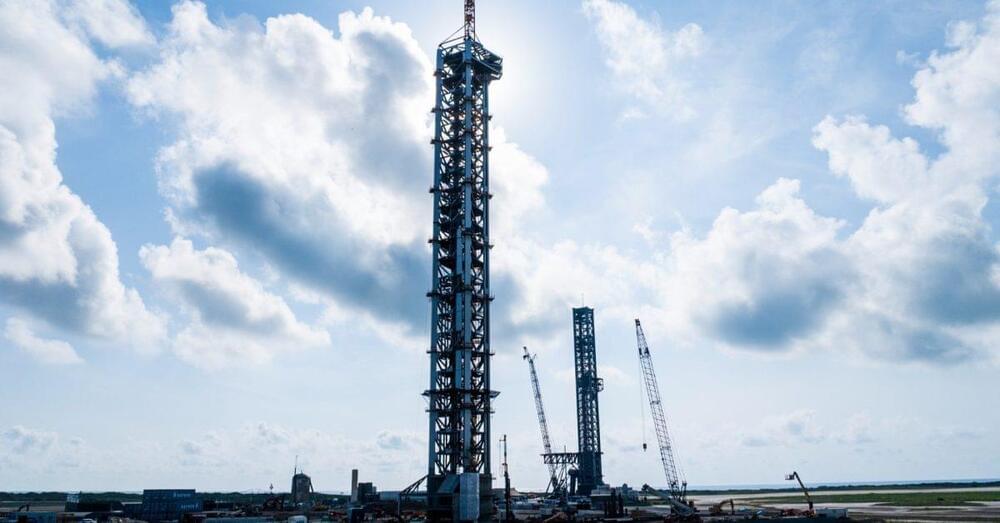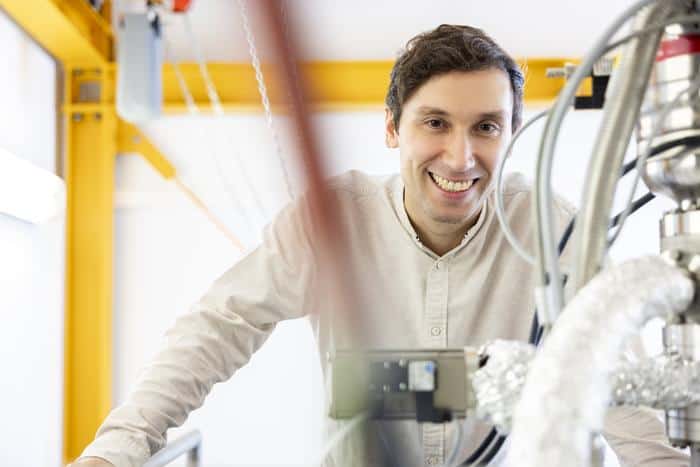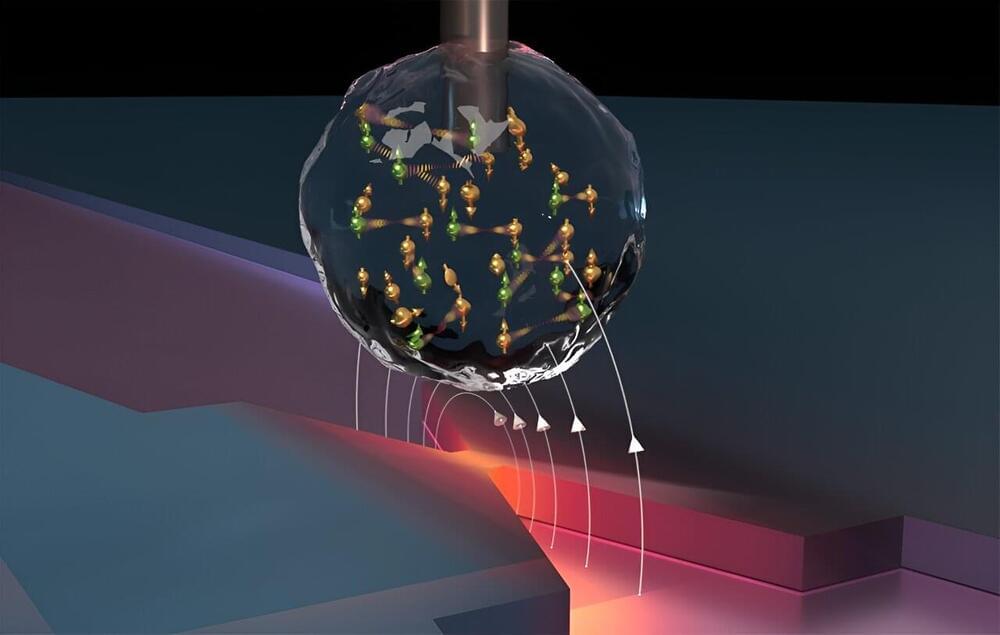Page 310
Aug 23, 2024
A mechanism that transfers energy from nitrogen to argon enables bidirectional cascaded lasing in atmospheric air
Posted by Shailesh Prasad in categories: energy, physics
To produce light, lasers typically rely on optical cavities, pairs of mirrors facing each other that amplify light by bouncing it back and forth. Recently, some physicists have been investigating the generation of “laser light” in open air without the use of optical cavities, a phenomenon known as cavity-free lasing in atmospheric air.
Aug 23, 2024
SpaceX finishes second Starship launch tower at Starbase
Posted by Genevieve Klien in category: space travel
SpaceX finished construction of its second launch tower down at Starbase, Texas for its Starship rocket. This comes hopefully a few weeks out from the next launch of the company’s next generation rocket.
Over the last few months SpaceX has cleared land and constructed a new launch tower at its research, development, and launch facilities down at Starbase, Texas. This now gives the company three towers total for Starship, two at Starbase and one more over in Florida at LC-39A.
There is still plenty of work to be done at the pad, it still needs the launch table, chopsticks, plumbing for propellent, etc. However, the biggest and most prominent feature is now complete.
Aug 23, 2024
Quantum sensor detects magnetic and electric fields from a single atom
Posted by Genevieve Klien in categories: particle physics, quantum physics
The next step, says Esat, is to increase the new device’s magnetic field sensitivity by implementing more advanced sensing protocols based on pulsed electron spin resonance schemes and by finding molecules with longer spin decoherence times. “We hope to increase the sensitivity by a factor of about 1,000, which would allow us to detect nuclear spins at the atomic scale,” he says.
A holy grail for quantum sensing
The new atomic-scale quantum magnetic field sensor should also make it possible to resolve spins in certain emerging two-dimensional quantum materials. These materials are predicted to have many complex magnetic orders, but they cannot be measured with existing instruments, Heinrich and his QNS colleague Yujeong Bae note. Another possibility would be to use the sensor to study so-called encapsulated spin systems such as endohedral-fullerenes, which comprise a magnetic core surrounded by an inert carbon cage.
Aug 23, 2024
First American sodium-ion battery factory will make cells with lifespan of 50,000 cycles that charge in 10 minutes
Posted by Genevieve Klien in categories: chemistry, energy, sustainability, transportation
Built by Natron Energy, the Edgecombe County facility is planned for 24 GWh of annual capacity, which would turn Natron from a startup into the first sodium-ion battery production juggernaut on US soil.
Sodium-ion batteries are cheaper, safer, with much longer lifespan and faster charging than conventional Li-ion packs.
Chinese companies are already using them in grid-level energy storage systems of local utilities, to balance their renewable energy mix. Some sodium-ion battery packs are even making their way into electric vehicles there, even though the chemistry offers lower energy density than Li-ion batteries.
Aug 23, 2024
AWS exec explains how AI agents are driving a radical shift in the world of coding
Posted by Mike Diverde in category: robotics/AI

In an era where AI is reshaping industries at breakneck speed, Doug Seven finds himself at the forefront of a technology that’s changing the way developers approach their work.
As the director and general manager of AWS AI Developer Experiences, Seven is at the helm of this transformation, where specialized AI is not just assisting but actively reshaping how code is written and deployed.
Aug 23, 2024
Scientists Identify New Class of Semiconductor Nanocrystals
Posted by Natalie Chan in categories: chemistry, computing
U.S. Naval Research Laboratory (NRL) scientists confirm the identification of a new class of semiconductor nanocrystals with bright ground-state excitons, a significant advancement in the field of optoelectronics, in an article published in the American Chemical Society (ACS) journal ACS Nano.
The groundbreaking theoretical research could revolutionize the development of highly efficient light-emitting devices and other technologies.
Generally, the lowest-energy exciton in nanocrystals is poorly emitting, earning the name “dark” exciton. Because it slows the emission of light, the dark exciton limits the performance of nanocrystal-based devices like lasers or light-emitting diodes (LEDs). Scientists have long sought to overcome the dark exciton.
Aug 23, 2024
The Shape of the Brain: Spatial Biology of Alzheimer’s Disease
Posted by Dan Breeden in categories: biotech/medical, neuroscience
Using #CellDIVE multiplexed imaging and antibodies from Cell Signaling Technology to uncover cell identity and brain structure in Alzheimer’s disease, demonstrating how spatial biology can lead to advances in therapy development for neuro degeneration.
🖼️: Adult Human Alzheimer’s brain demonstrating a panel of 15 markers.
Uncover cell identity and brain structure in Alzheimer’s disease with Cell DIVE multiplexed imaging, demonstrating how spatial biology can lead to advances in therapy development for neurodegeneration.
Continue reading “The Shape of the Brain: Spatial Biology of Alzheimer’s Disease” »
Aug 23, 2024
Advancing nanoscale imaging capabilities with dynamic nuclear polarization
Posted by Paul Battista in categories: materials, nanotechnology
Dynamic nuclear polarization (DNP) has revolutionized the field of nanoscale nuclear magnetic resonance (NMR), making it possible to study a wider range of materials, biomolecules and complex dynamic processes such as how proteins fold and change shape inside a cell.
